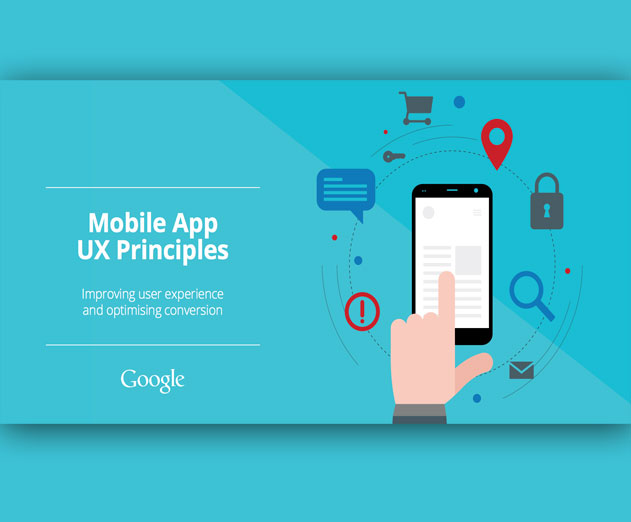Google Releases New Report on App UX
Monday, May 4, 2015

|
Richard Harris |
Google has published a new App UX report looking at how publishers can get the most from their apps, promote best practice across mobile and provide a superior experience to users. It outlines key principles that marketers, designers and developers need to consider throughout the entire app customer journey, from building apps, to improving user experience, optimizing conversion and measuring their performance.
The report defines key principles and considerations when assessing smartphone apps, in order to identify what and how to improve the user experience, optimize conversion and better measure app performance. The report is available here.
Stephen Griffiths, Google’s Mobile & Cross Platform Advanced Performance Specialist, also has provided the following App UX tips to help publishers improve the user experience:
1) Adoption: Remove all roadblocks to ensure users can assess content as quickly as possible.
- Splash screens give a short but vital window to engage users. Be careful when providing tips or help options as these may interrupt users through their app journey. However, applied appropriately, they help guide users through their initial experience.
- Homescreens should direct to user’s priority tasks, offer clear, logical, task-oriented navigation, and be consistent throughout the app and only include primary content. Secondary content should be hidden but available via a tap or swipe off-screen.
- Provide a non-signed in journey by default to avoid barriers to conversion and only request sign-up if your app is dependent on user data to provide value. If it does, request absolute minimum data and display the benefits for sign-up clearly.
2) Usability: Make conversion decisions simple to allow users to easily find what they want, research products and services and continue on to make a purchase.
- Search is key in allowing users to find what they want easily and quickly. Drive conversion through keyword search, product scanning and image search.
- Product screens, where users can perform a key action such as add to their baskets, wishlists or call or book an appointment, enable users to perform a transaction or save and share items to come back to later.
- Provide a seamless journey across devices. This is key for capturing cross- device and offline conversions. Consumers often carry out research on products and services across multiple digital touchpoints, and offline in retail stores, so ensuring your app allows users to transition to other touchpoints is key for increasing conversion rates.
3) Convenience: Provide the ultimate in convenience to ensure first time users progress through each check-out stage with minimal effort and without distractions, and return users benefit from pre-populated data or single screen checkout.
- Baskets should encourage users to the checkout or allow them to continue shopping for more products, and clearly confirm all items added and detail their cost. Users should also be able to edit items and view recommended products selected by other users.
- Payment stages should reassure users, offer convenient input methods such as: scanning cards, payment options, and offer express payment for first time users and pre-populated data for return users.
- Checkouts should have all distractions removed to encourage conversions, provide customer service assurance, confirm key transaction details for return users and provide value beyond the immediate transaction to promote retention.
4) Engagement: Retain customers and encourage member loyalty by engaging and delighting users to come back.
- Give customers control. Allowing customers to self serve and manage accounts and transactions with you, anytime and anywhere, is essential for convenience
- In-app vouchers and passes should be easily received and redeemable through the app. Allowing users to view their loyalty status, receive updates on changes and remove the need to print content, will also improve user experience. Providing appropriate content, engaging visual design and offering better ways to discover content is also key
- Use widgets. By using an app extension contained within the app, you can display high-value nuggets of timely content to specific app users’ smartphones. It’s important these create value from a first glance and don’t simply exist as another way to open the app
- Think carefully on alerting users via push notifications. Personal updates, calendar events and relevant marketing promotions, can be seen via a visual or aural alert without the app being open or running. However, they shouldn’t be interruptive and should always respect user attention.
Read more: https://storage.googleapis.com/think-emea/docs/art...

Become a subscriber of App Developer Magazine for just $5.99 a month and take advantage of all these perks.
MEMBERS GET ACCESS TO
- - Exclusive content from leaders in the industry
- - Q&A articles from industry leaders
- - Tips and tricks from the most successful developers weekly
- - Monthly issues, including all 90+ back-issues since 2012
- - Event discounts and early-bird signups
- - Gain insight from top achievers in the app store
- - Learn what tools to use, what SDK's to use, and more
Subscribe here











